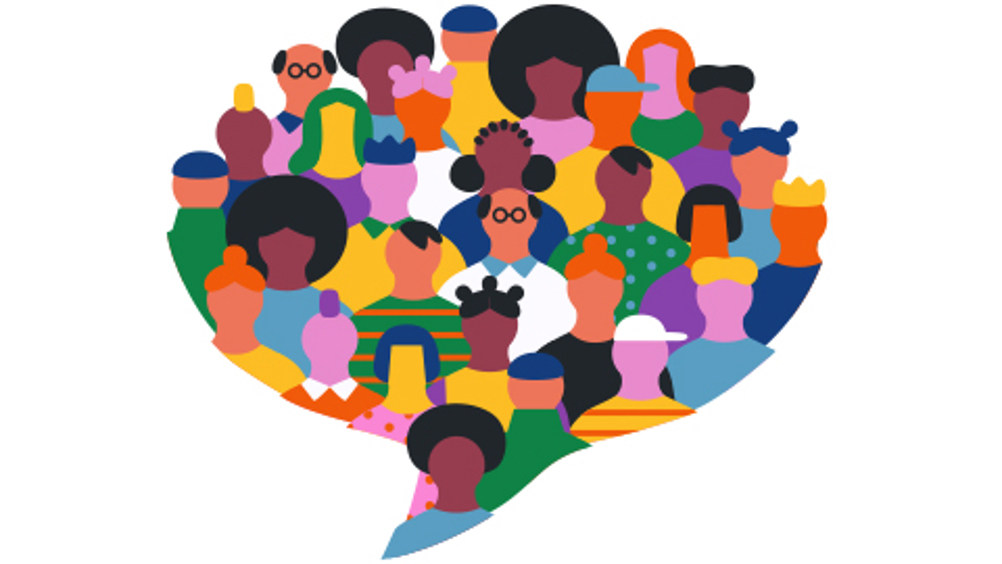This is the second part of a two part research piece for HR magazine. Catch up on part one here for context and an exploration of the results before reading the below.
A summary
Fortune 1000 companies now average about $1.5 million annually on EDI programmes. Globally, companies’ budgets for EDI training have increased sixfold in the past few years, with 20% of companies increasing these budgets while cutting budgets in other areas.
Unfortunately, mounting evidence now shows many well-meaning EDI training programmes produce no change in employees’ openness and acceptance of diversity.
A waste of corporate resources is the good news, in some companies these programmes produce the opposite of their stated goal, increasing stereotyping and the like.
To make a positive change in EDI companies need to focus on proven methods, not fads.
Based on my research, HR needs to focus less on diversity and unconscious bias training and more on cultural agility training. The competencies for improving EDI can be developed within organisational initiatives. This article shares some of those suggestions.
More on effective EDI:
Is using umbrella terms such as BAME, LGBT+ and disabled hindering inclusion efforts?
Why most corporate diversity strategies fail and how to ensure yours doesn't
How HR can approach changing conversations around diversity
The BBC has dropped the acronym BAME – should you?
From research to reality
Fostering EDI in your organisation is a clear mandate for many HR departments today. Rather than relying on benchmarking to select programmes and initiatives, rely on science. In this case, the science is clear.
The steps to follow are straightforward:
1. Do you know whether your workforce is culturally agile? How about your leadership? Begin with an assessment of the current level of cultural agility in your organisation.
2. Offer opportunities for self-awareness and self-development. Unlike the typical diversity training programmes, cultural agility development begins as a personal journey of understanding one’s own values and competences.
3. Offer targeted training programmes. Different categories of employees will connect with the need for cultural agility for different reasons. HR should tie the training programme to employees’ success in their roles. For example, we conduct programmes on selling with cultural agility for sales representatives to better sell to diverse clients. We conduct design thinking with cultural agility for multicultural innovation teams.
Ultimately, the benefits of diversity are not gained just because employees of different generations, cultures, religions work together. The benefits are gained when they have the cultural agility to trust, respect and appreciate the contributions of those whose life experiences and values are different theirs.
HR has the tools, resources and science to make this positive change.
Paula Caligiuri is a D’Amore-McKim School of Business distinguished professor of international business and strategy at Northeastern University.









